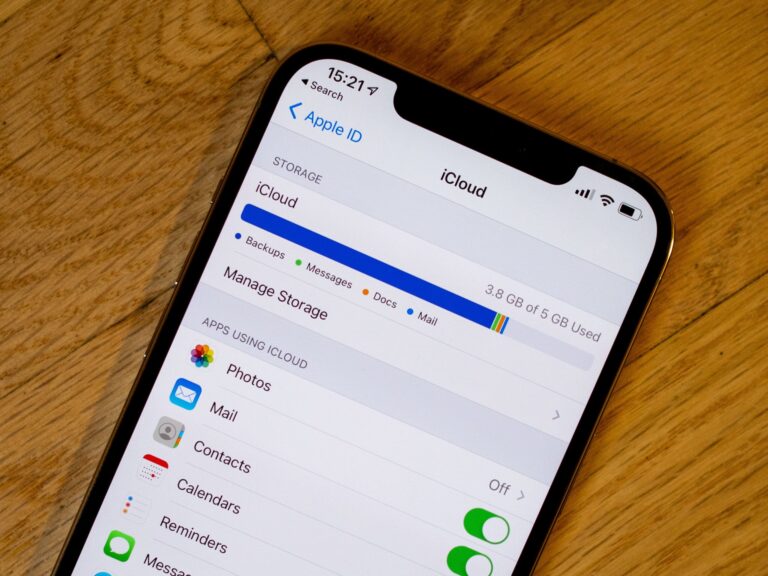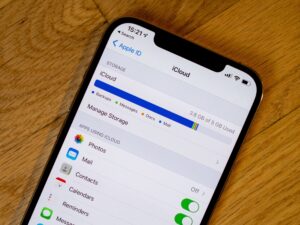Thinking about what the reason for iCloud Drive is and how it can help you? iCloud Drive is your own little corner of Apple’s distributed storage service where you can store your files. It’s a bit like having an individual hard disk on the Internet. The genuine benefit is that you can get to these documents on any of your Apple devices – or even through a browser on a non-Apple device. Your iCloud Drive can be anything from 5GB to 2TB in size. Here we have in this article got you covered with how you can use iCloud Drive on iPhone and iPad.
The iCloud Drive on iPhone, iPad is Apple’s cloud stage to save and synchronize information like photos, videos, contacts, notes, documents, and furthermore store backups. Apple gives users 5GB worth of free iCloud storage space, after that, you’ll have to pay for more beginning at $0.99 per month. Something to remember to assist you with seeing how iCloud functions are that it’s woven in all through Apple’s software on iPhone, iPad, and Mac. Another approach to thinking about this is your information in different apps like Photos, Notes, Contacts, and more are viewable on every one of your devices, yet are save and synchronized with Apple’s servers by means of iCloud.
What we will see here?
What is iCloud Drive?
If you’re comfortable with rival services, like Dropbox and Google Drive, then, you’ll have a thought of what iCloud Drive does. Files you place into the iCloud Drive folder are kept on your PC, yet additionally, adjust to your online space. If you have different devices, like another Mac or iOS device, then, the documents will be accessible on those devices as well.
Be that as it may, you don’t need to knowingly put the documents in a specific area. One element that arrived with iOS 10 and macOS Sierra was the capacity to set your Mac Desktop and Documents folders to naturally sync to iCloud. If you are in any way similar to us your filing system will include saving everything to your desktop, so utilizing this element implies that all that will be sync to iCloud without you, in any event, changing the manner in which you work. Additionally every one of the documents you make in apps, for example, Pages and Numbers are syncing consequently to iCloud Drive.
Here is a portion of the advantages with utilizing iCloud Drive:
- You can get to your files on all of your devices . Whether any iPhone, iPad, or a PC through iCloud in an web browser .
- You can share files or folders to other people.
- If you lose or delete your Mac, iPad, or iPhone you will not lose your files as they will stay in the cloud.
- It’s so easy to use. On your Mac you can set your Desktop and Documents folders to consequently match up to iCloud, you don’t have to contemplate where you save files.
- If you are running out of storage on your Mac utilizing iCloud Drive is an extraordinary approach as it can let loose some space. For instance, iCloud will just store as of late got to documents on your Mac with all the other things put away on the web. If you need to get to the more older files you’ll have the option to, as long as you have a internet connection.
Enable iCloud Drive through Settings!
At the point when you set up your iPhone or iPad interestingly you ought to be prompted on whether you’d prefer to set up to iCloud Drive. If you said indeed, you don’t have to do anything further and can proceed to the following area. In any case, if you said no, you can enable iCloud Drive with only a couple of taps.
- Dispatch the Settings app.
- Hit on the Apple ID banner, then, at that point select the iCloud.
- Look down and tap the On/Off button for iCloud Drive.
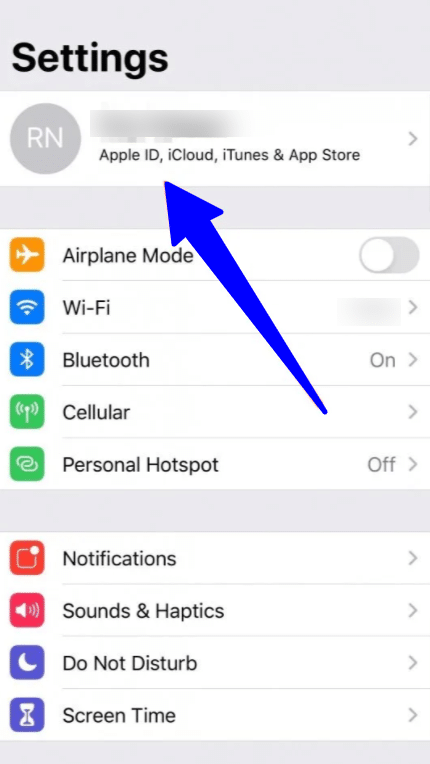
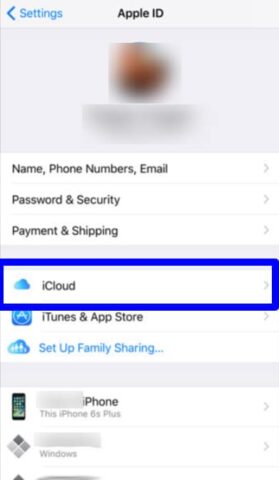
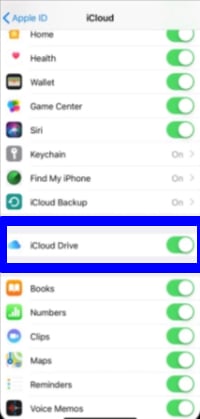
Keep in mind, if you turn off iCloud Drive, nothing will save to it until you have re-enabled it.
Increase iCloud Drive storage space
Of course, iCloud Drive accompanies 5GB of space free of charge. If you don’t feel this is sufficient, you can subscribe to more storage. Or then again if you as of now are paying for an iCloud subscription, you can transform it to best accommodate your present necessities.
- Dispatch the Settings app.
- Hit on the Apple ID banner, then, enter on the iCloud.
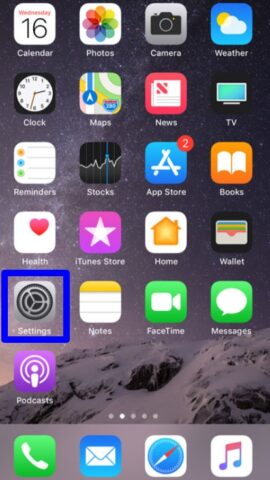
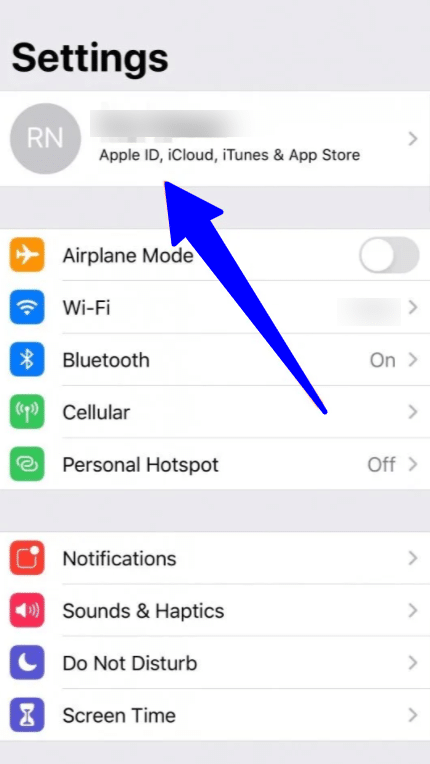

- Enter on the Manage Storage, then, at that point hit on the Change Storage Plan.
- Select to pick the storage plan that turns out best for you.
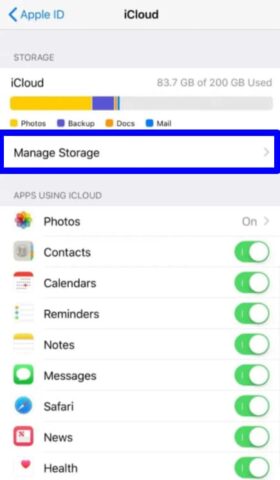
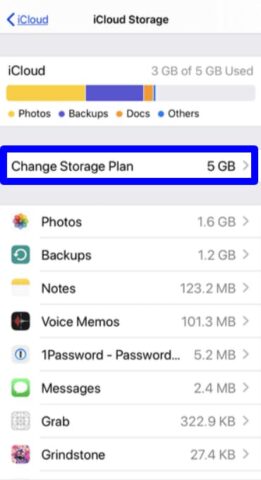
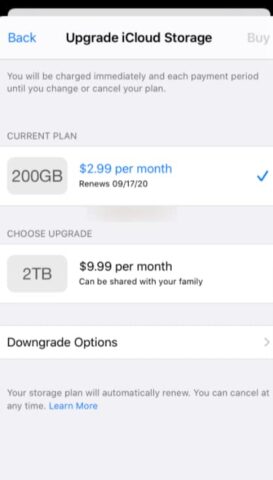
Move files in the Files app
iCloud Drive is put away inside the Files app. The Files app opens up numerous opportunities for storage and file association on iOS. You needn’t adhere to app-based folders for figuring everything out content — you can treat the Files app like you would Dropbox or Box.
- Dispatch the Files app home screen of your iPhone.
- Enter on the Browse at the lower part of the screen.
- Select the iCloud Drive in the Locations section, then, at that point hit on a folder to open it.
- Enter on the Select in the upper right corner of the screen.
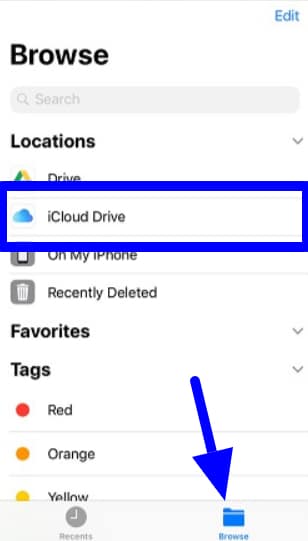
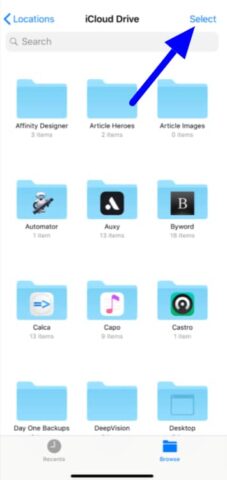
- Select the files you need to move.
- Hit the Move at the bottom of the screen, then, at that point select a folder to pick an objective for the files.
- Enter the Move in the upper right corner of the screen.
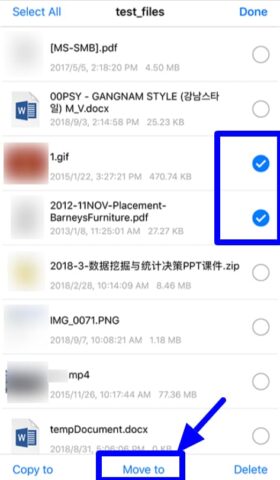
Delete files
If you end up running out of space or simply need to clean up, you can without much of a stretch erase documents you don’t require any longer.
- Open the Files app in iPhone
- Select the Browse at the lower part of the screen.
- Enter on the iCloud Drive in the Locations section, then, at that point hit on a folder to open it.


- Enter the Select in the upper right corner of the screen.
- Hit to choose the files you need to erase.
- Enter on the Delete in the base right-hand corner .
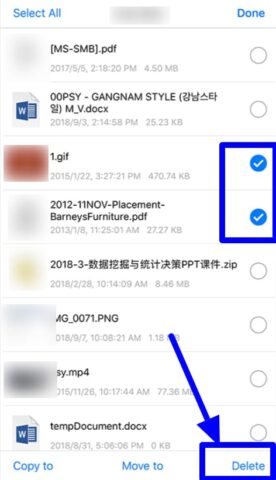
Turn cellular data on or off
If you store a ton of records in the Files app and you’re on a limited information plan, you might need to prevent the app from utilizing cellular information.
- Dispatch the Settings app.
- Enter on the Cellular alternative.
- In the Cellular Data section, look down until you discover the Files app.
- Hit the On/Off switch to flip cellular information use off.
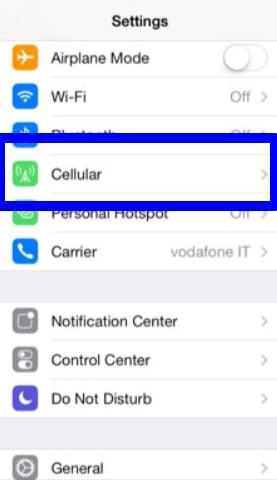
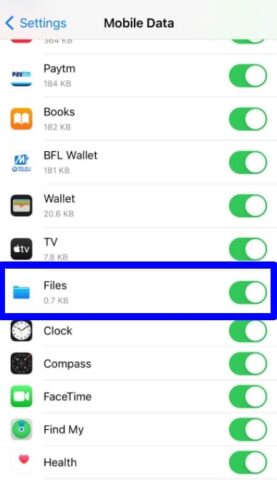
This will ensure no cell information is utilized for iCloud Drive.
Conclusion
Apple’s iCloud Drive licenses you securely to get to the number of your reports from your Mac, iPhone, iPad, iPod touch, and incredibly a Windows PC. At the point when you set up iCloud, you consequently get 5GB of storage. You can utilize that storage space for iCloud Backup, iCloud Drive, iCloud Photo Library, iCloud Mail, and the data from your apps that utilize iCloud.
iCloud is consoling to have an easy to utilize, yet it can likewise make storage simpler, give a backup to your files, and enable you to keep all your documentation in sync across all of your devices.
Read more!
- Managing iCloud storage on iPhone and iPad isn’t tough anymore!
- How to delete old iCloud backups- Clear some iCloud space
- How to manually create folders and move documents in the Files app and iCloud Drive?
- Find and remove files from the ‘Other’ storage on Mac!
- How to set up and use iCloud Photo Library in MAC?


